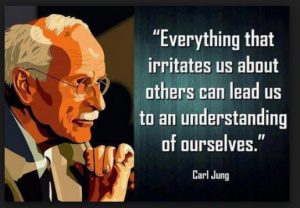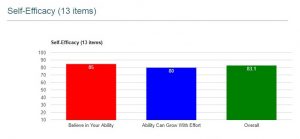As I had hoped at the start of this course, I believe I have gained some insight or understanding about several of the course objectives. Some of that insight is that understanding other people and successfully interacting with them takes time and practice. Most beneficial would be practice in listening and processing information before we speak or act. Also practice in recognizing one’s own feelings and distinguishing them from the judgements we tend to assign to others would help us to form positive (or correct) attitudes that in turn would help us adopt behaviors that are appropriate for any given situation.
Because of this insight, I can’t honestly say that I have completely achieved all the course objectives. However, I can say that the course has left me with plenty to think about. I consider the course time well spent when I can recognize some of the concepts and theories (e.g., heuristics, self-regulation and emotional intelligence) in attitudes and behaviors (my own and others’) that I encounter in daily life. If I were to take this course, or a similar one, again, I would try to participate in the discussion forums and compare my observations with those of my classmates.
One skill I gained from taking this class is the practice of journaling in the blogs and assignment takeaways. It is a skill that I somehow avoided in my earlier education. However, it was a very practical and effective way to share my perceptions on how the social psychology concepts learned in the course apply to real life. I am inspired to use the same skill in many areas of life, personal and professional. I currently work in the retail industry and can utilize journaling in various ways. On a personal level, I can use a journal to plan and evaluate personal work goals. As a training or encouragement tool, I could possibly use a blog approach to share product information and training shortcuts, or company news such as budget goal status.














